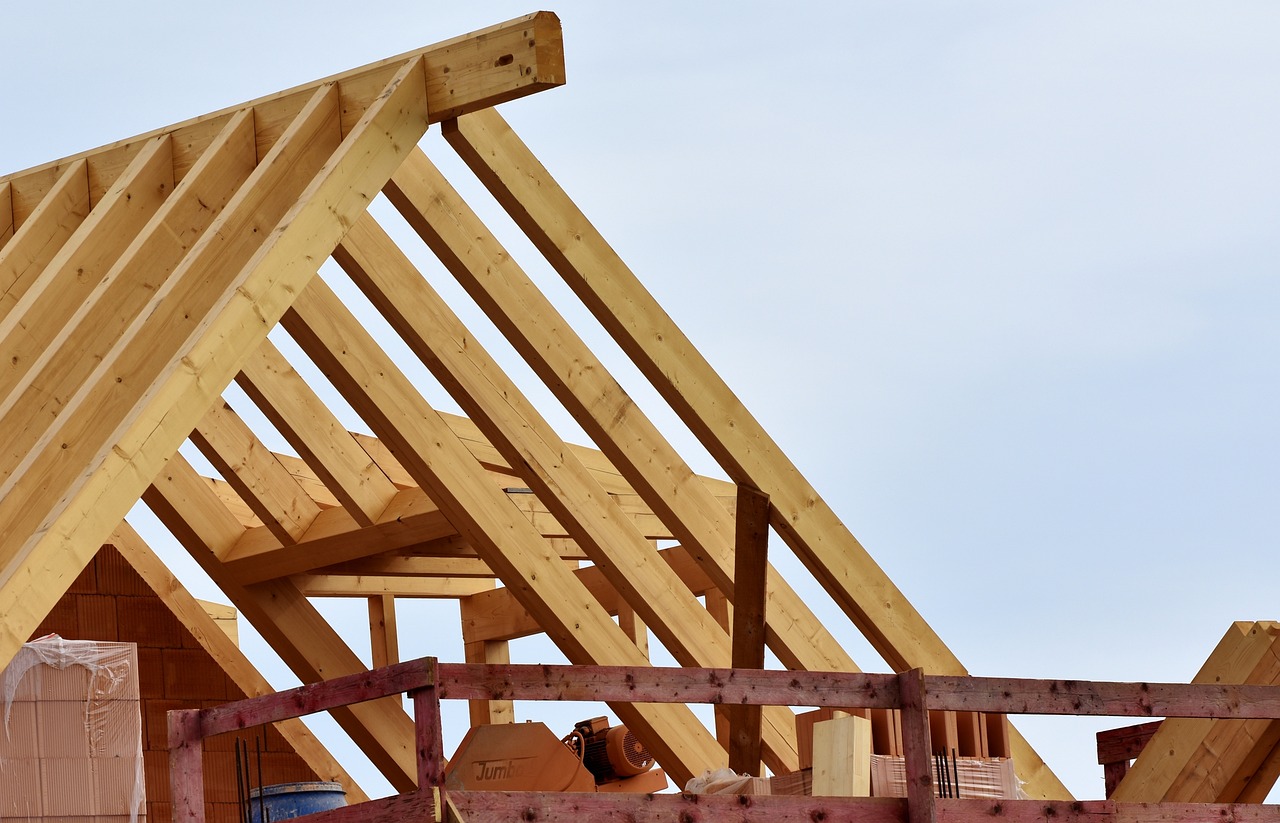
In a recent article on Climate Connections, meteorologist Jeff Masters stated plainly what is at stake for the housing market if we fail to prepare for climate change impacts in the United States:
“In the U.S., the most likely major economic disruption from climate change over the next few years might well be a collapse of the housing market in flood-prone and wildfire-prone states. Billion-dollar weather disasters — which cause about 76% of all weather-related damages — have steadily increased in number and expense in recent years and would be even worse were it not for improved weather forecasts and better building codes. The recent increase in weather-disaster losses has brought on an insurance crisis — especially in Florida, Louisiana, California, and Texas — which threatens one of the bedrocks of the U.S. economy, the housing and real estate market.”
Masters attributes recent property insurance challenges to two things. One, our exposure to natural disasters is greater than it was before. That means that we have built more property in places that are at risk from damage from severe storms, flash floods, and hurricanes. It also means that the houses we build are bigger and more costly to replace in the event of a loss. The second component of the problem, which Masters projects will become the biggest driver of insured losses going forward, is that climate change is making damaging weather more likely to happen.
The housing market depends on property insurance to mitigate the risk home buyers assume when they take on a mortgage. Homeownership is foundational to the financial security of a large share of middle income families in the US. Local and state economies, including schools, fire protection, parks, and garbage collection, rely on property taxes, which are tied to home values. If property insurance cannot operate profitably because of excessive claims from frequent weather and climate disasters, it threatens the entire financial ecosystem of our communities.
The situation is precarious, especially in Texas, which is vulnerable to every kind of weather and climate-related disaster, from drought, to hailstorm, to tornadoes, to floods. Is there anything property owners can do to reduce their risk of damage to their property from these hazards?
In an upcoming Weekly Witness podcast, meteorologist Dr. Ian Giammanco of the Institute for Building and Home Safety (IBHS) and engineer Dr. Tanya Brown-Giammanco from the National Institute of Standards and Technology talk about the ways scientists and engineers work to understand and mitigate damage to buildings from weather and climate-related hazards.
Small changes in the way a roof is constructed, for example, can make shingles more likely to stay on during a wind storm. Installing a waterproof barrier between the shingles and the decking can keep the inside of a home dry even if shingles are lost.
Other improvements, like reinforcing your garage door, can make your house more likely to survive a windstorm by preventing the wind, and associated pressure, from entering the building envelope.
Construction and design choices can also make homes more resilient against other kinds of hazards, like wildfires. NPR recently reported on an IBHS study done on homes that survived the wildfire in Lahaina, Hawaii because of fire-resistant building materials and other interventions.
The building changes needed to make homes more resilient to weather and climate disasters are feasible and readily available. So why isn’t every house built this way?
Many communities have enacted building codes that require buildings to be resistant to storms. These programs have been successful in places like Florida. But in some states, including Texas, building codes are left up to local governments or not enforced effectively.
That’s where policy interventions can be helpful. Giammanco talked about a program in Oklahoma that offers financial incentives for the kinds of improvements needed to make houses more wind resistant. The benefits of the program go beyond the homeowners who take advantage of the program. The program also spreads awareness about improved, hazard-resistant building techniques and gives homebuilders more experience in implementing them. The program was successful in speeding a transition to a more wind-resistant home construction market.
Insurance companies can also offer incentives to policyholders for making hazard-resistance improvements to their buildings. This is a win-win. Insurance companies have to pay out less to homeowners in the event of a storm and homeowners have less damage to clean up after an event and are more likely to be able to stay in their home.
And that is ultimately the reason to make your building more hazard-resilient – so that a windstorm or a hailstorm or a wildfire is just an inconvenient bump in the road, rather than a life-altering event.The interview will be out Friday on the Weekly Witness podcast.
